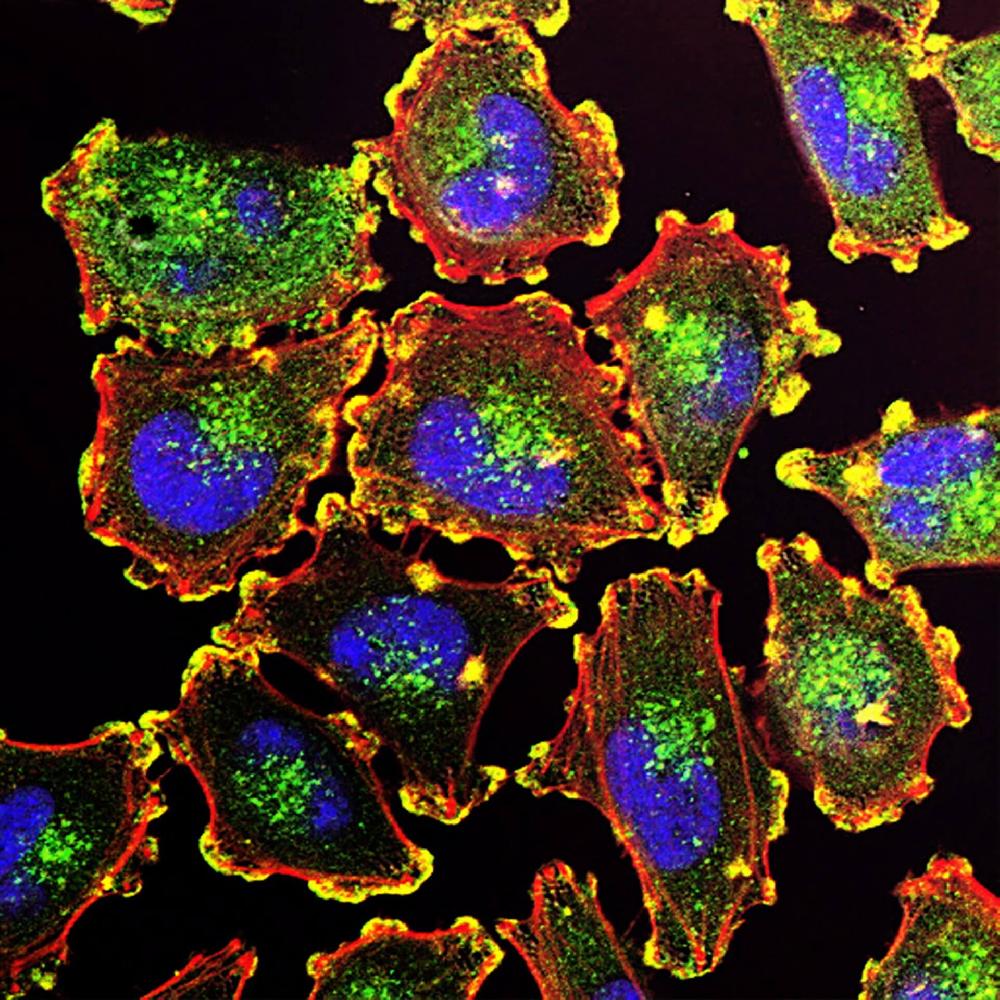This website uses cookies to ensure you get the best experience on our website.
- Table of Contents

6 Q&As
Facts about Nucleoprotein TPR.
Negatively regulates both the association of CTE-containing mRNA with large polyribosomes and translation initiation. Doesn't play any role in Rev response element (RRE)-mediated export of unspliced mRNAs.
| Human | |
|---|---|
| Gene Name: | TPR |
| Uniprot: | P12270 |
| Entrez: | 7175 |

| Belongs to: |
|---|
| TPR family |

nuclear pore complex-associated protein TPR; nucleoprotein TPR; translocated promoter region (to activated MET oncogene); tumor potentiating region
Mass (kDA):
267.293 kDA

| Human | |
|---|---|
| Location: | 1q31.1 |
| Sequence: | 1; NC_000001.11 (186311652..186375253, complement) |
Expressed in esophagus, ovary, liver, skin, smooth muscles, cerebrum and fetal cerebellum (at protein level). Highest in testis, lung, thymus, spleen and brain, lower levels in heart, liver and kidney.
Nucleus. Nucleus membrane; Peripheral membrane protein; Nucleoplasmic side. Nucleus envelope. Nucleus, nuclear pore complex. Cytoplasm. Cytoplasm, cytoskeleton, spindle. Chromosome, centromere, kinetochore. Nucleus membrane; Peripheral membrane protein; Cytoplasmic side. Detected as discrete intranuclear foci with IFI204 (By similarity). In interphase, localizes to the nucleoplasmic side of the nuclear pore complex (NPC) core structure, forming a fibrous structure called the nuclear basket. Detected exclusively to the cytoplasmic margin of NPC (PubMed:7798308). Docking to the inner nucleoplasm





PMID: 1549355 by Mitchell P.J., et al. Nucleotide sequence analysis of human tpr cDNA clones.
PMID: 1437155 by Mitchell P.J., et al. The human tpr gene encodes a protein of 2094 amino acids that has extensive coiled-coil regions and an acidic C-terminal domain.